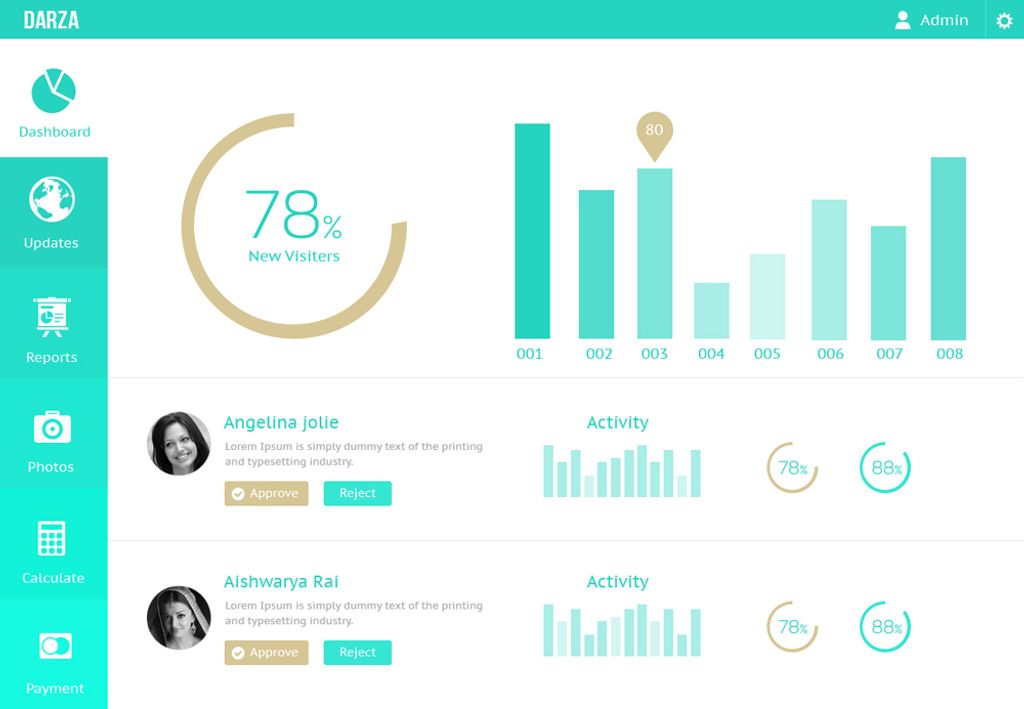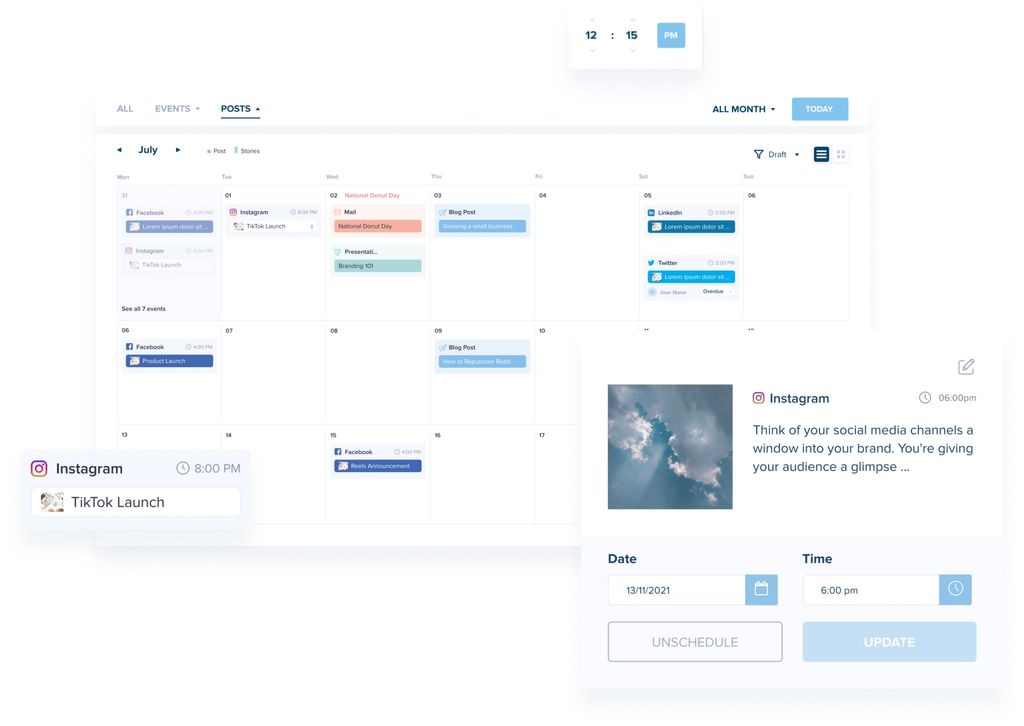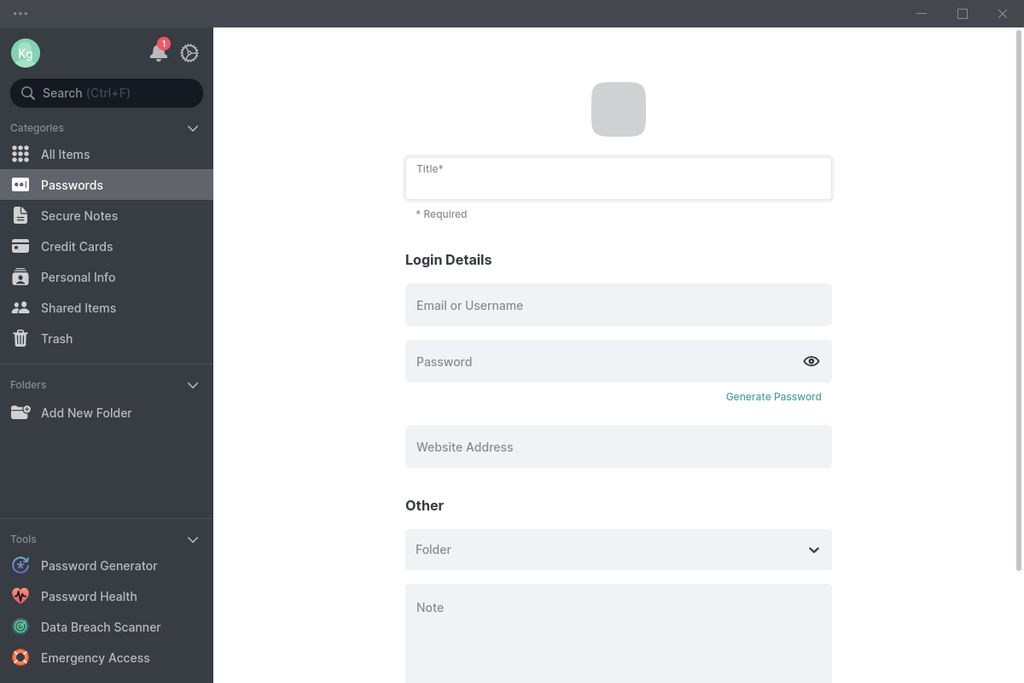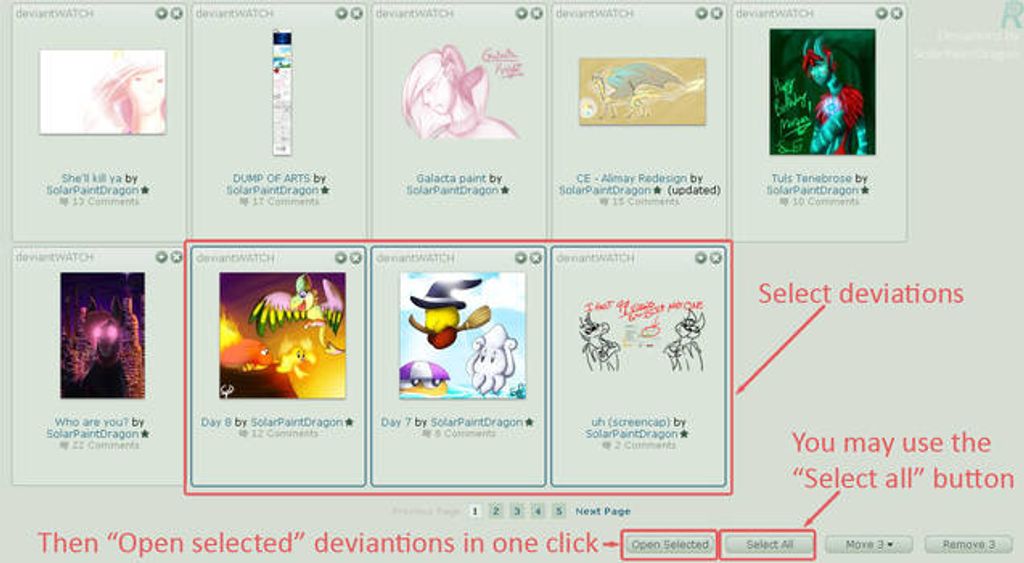
Managing email subscriptions can be a complex task, but it is crucial for businesses to have an effective system in place. In this article, we will explore the importance of email subscription management and discuss best practices, tools, and legal considerations. By following these guidelines, businesses can simplify their email subscription management and ensure that their subscribers receive relevant and engaging content.

Effective email subscription management provides several benefits for both businesses and subscribers. By managing email subscriptions efficiently, businesses can ensure that their messages reach the right audience, increasing the chances of engagement and conversion. Subscribers, on the other hand, benefit from receiving relevant and personalized content, reducing inbox clutter and improving their overall email experience.
Managing email subscriptions can be a complex task, with several challenges that organizations often face. One common challenge is the overwhelming volume of emails that subscribers receive on a daily basis. It can be difficult for subscribers to keep up with the influx of emails and find the ones that are relevant to them. Another challenge is the issue of email deliverability. Ensuring that emails reach the subscribers' inbox and do not end up in the spam folder can be a constant struggle. Additionally, managing unsubscribe requests can be a challenge, as it requires promptly updating the subscription list and ensuring that subscribers are removed from future email communications.

Segmenting your email subscribers is an essential practice for effective email subscription management. By dividing your subscribers into specific groups based on their interests, demographics, or behavior, you can tailor your email content to their preferences, increasing engagement and conversion rates.
Segmentation allows you to send targeted and relevant messages to different segments of your audience. This can be done based on factors such as location, purchase history, engagement level, or any other data you have collected.
Implementing segmentation can be done through various methods, including:
Segmenting your email subscribers allows you to deliver more personalized and targeted content, resulting in higher open rates, click-through rates, and overall engagement.
Tip: Regularly review and update your segments to ensure they remain relevant and effective in reaching your audience's needs and preferences.
When it comes to providing clear subscription options, it is important to make the process as straightforward as possible for your subscribers. Here are some best practices to consider:
By following these best practices, you can ensure that your subscribers have a positive experience and are more likely to engage with your emails.
Implementing double opt-in is an important step in ensuring that your email subscribers are genuinely interested in receiving your content. With double opt-in, subscribers are required to confirm their email address before being added to your mailing list. This helps to reduce the chances of fake or incorrect email addresses being added to your list.
By implementing double opt-in, you can:
Tip: When implementing double opt-in, make sure to clearly communicate the process to your subscribers and provide instructions on how to confirm their email address. This will help to minimize any confusion or frustration.
Offering unsubscribe options is an essential aspect of email subscription management. It allows subscribers to easily opt out of receiving further emails, ensuring that your email list only consists of engaged and interested recipients. By providing clear and accessible unsubscribe options, you demonstrate respect for your subscribers' preferences and help maintain a positive sender reputation. This can lead to higher deliverability rates and better overall email marketing performance.
Regularly cleaning your email list is essential for maintaining a healthy subscriber base. By removing inactive or unengaged subscribers, you can improve the overall deliverability and engagement of your email campaigns. Here are some best practices for cleaning your email list:

Email service providers (ESPs) are platforms that enable businesses to send large volumes of emails to their subscribers. They provide the infrastructure and tools necessary for managing email campaigns, including email creation, delivery, and tracking. ESPs offer features such as email templates, contact management, segmentation, and analytics. Some popular ESPs include Mailchimp, SendGrid, and Constant Contact.
Subscription management platforms are powerful tools that help businesses effectively manage their email subscriptions. These platforms provide a centralized system for handling subscription requests, managing subscriber data, and automating subscription processes. With a subscription management platform, businesses can streamline their email marketing efforts and ensure compliance with email regulations.
List cleaning services are essential for maintaining a healthy email list. These services help you identify and remove invalid email addresses, spam traps, and inactive subscribers. By regularly cleaning your email list, you can improve deliverability rates and ensure that your messages reach the right audience. Some popular list cleaning services include XYZ Cleaning, ABC Verification, and DEF Scrubbing.

The CAN-SPAM Act is a law that sets the rules for commercial email, establishes requirements for commercial messages, and gives recipients the right to have emails stopped from being sent to them. It is important for businesses to comply with the CAN-SPAM Act to avoid penalties and maintain a positive reputation.
To ensure compliance with the CAN-SPAM Act, here are some key considerations:
By following these guidelines, businesses can maintain a compliant email subscription management system and build trust with their subscribers.
Tip: Regularly review and update your email subscription practices to stay up-to-date with any changes in the CAN-SPAM Act.
The General Data Protection Regulation (GDPR) is a regulation in EU law that aims to protect the privacy and personal data of individuals within the European Union. When it comes to email subscription management, GDPR compliance is crucial to ensure that you are obtaining proper consent from your subscribers.
To comply with GDPR, consider the following:
Remember, failure to comply with GDPR can result in significant fines and damage to your reputation. It is essential to prioritize data protection and consent when managing email subscriptions.
When managing email subscriptions, it is crucial to have clear and transparent privacy policies and terms of service in place. These policies outline how subscriber data is collected, stored, and used, ensuring compliance with data protection regulations such as the GDPR. Additionally, terms of service provide guidelines for subscribers regarding acceptable use of the email subscription service.
To maintain trust and protect subscriber privacy, consider the following best practices:
By implementing these practices, you can demonstrate your commitment to respecting subscriber privacy and ensure compliance with legal requirements.
In conclusion, managing your email subscriptions doesn't have to be a complicated task. By following the tips and strategies outlined in this article, you can simplify the process and regain control over your inbox. Remember to unsubscribe from unnecessary emails, use email filters to organize your inbox, and consider using a dedicated email management tool. With these steps, you can reduce email clutter and ensure that your inbox is filled only with the messages that matter most to you. Start simplifying your email subscription management today!
Email subscription management is the process of managing and organizing the subscriptions of individuals who have opted in to receive emails from a particular sender or organization. It includes tasks such as segmenting subscribers, providing subscription options, and handling unsubscribe requests.
Effective email subscription management is important because it helps maintain a healthy and engaged subscriber list. It ensures that the right content is delivered to the right audience, increases email deliverability rates, and reduces the risk of being marked as spam.
Segmenting your email subscribers involves dividing your subscriber list into smaller groups based on specific criteria such as demographics, interests, or past interactions. This allows you to send targeted and personalized emails to different segments, increasing engagement and conversion rates.
Double opt-in is a process where subscribers confirm their email address and express explicit consent to receive emails by clicking on a verification link sent to their inbox. Implementing double opt-in helps ensure that only genuine subscribers are added to your list and reduces the chances of spam complaints.
It is recommended to regularly clean your email list to maintain its quality and deliverability. The frequency of list cleaning depends on various factors such as your industry, email engagement rates, and email sending frequency. As a general guideline, consider cleaning your list every 3-6 months.
When managing email subscriptions, it is important to comply with regulations such as the CAN-SPAM Act and GDPR. These regulations govern aspects such as email content, consent, and privacy. It is also essential to have clear and transparent privacy policies and terms of service to inform subscribers about their rights and how their data is handled.